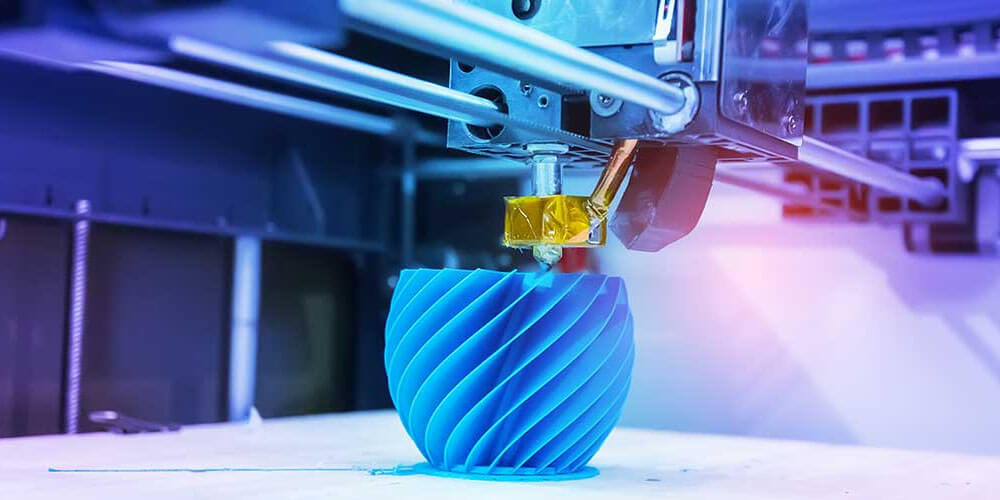The fidelity of a prototype refers to how closely the prototype resembles the end product. The different types of fidelity vary in areas such as interactivity, visual design, and content. A 3D prototyping service creates a product whose fidelity is usually based on the prototyping goals, the complete design, and the resources available. In this write-up, we discuss the basics of the fidelity of a prototype.
The Basics of the Fidelity of a Prototype
Prototypes don’t have to resemble the final product. The goal that the product designer wants to achieve determines the level of accuracy of the prototype. Rapid prototypes can get classified into two; low-fidelity and high-fidelity. We discuss both types, their characteristics, merits and demerits, and the techniques applied in each.
1. Low-Fidelity Prototyping
They are quick and straightforward to create. There is a clear distinction between the prototype and the final product produced. Their primary role is to check and test how the product functions. Its basic characteristics are visual design, whereby only a few attributes concerning the end product are brought forth. Examples include the shape and visual hierarchy.
Also, interactivity is another characteristic that involves simulation by a design expert who manually alters the design. Connected wireframes can also be used to develop the prototype. Its content contains many elements, but only the essential ones are included in the prototype.
Merits
- Low-fidelity prototyping is highly affordable. It makes it easily accessible to product owners at a low cost.
- Several people can collaborate on a particular design process to create something unique. Group work is welcomed and accepted as no special skills are needed. Both designers and non-designers are free to participate in the formulation of ideas.
- Creating this prototype can take 5-10 minutes, which is fast; thus, the team working on it can spend more time on productivity and checking out other ideas.
Demerits
Uncertainty is significant since you don’t know what to do or not to do. The user testing outcome is limited; hence a lot of imagination is needed. Interactivity is also limited.
Techniques Used in Low-Fidelity Prototyping
The two primary techniques used are paper prototyping which helps designers develop a digital product interface without software. The other is clickable wireframes, a visual representation of an object page used to organize the page’s elements.
2. High-Fidelity Prototyping
The prototypes produce entirely similar to the final products. The designers are usually sure about what they are developing and are approved by stakeholders. Its visual design appears real and very detailed, unlike low-fidelity prototyping. The spacing and graphics mimic an actual app. The content used on the prototype is usually actual, or they differ slightly from what appears on the final product. Also, their interaction is realistic; hence it’s hard to differentiate them from the end design.
Merits
- Stakeholders and clients get a clear idea or understanding of how the product is supposed to do.
- Users behave naturally when interacting with the products as they seem real. This gives way to meaningful feedback from them during the usability test.
Demerits
High-fidelity prototypes are of good quality and have more significant benefits than low-fidelity prototypes. The result of this is a high cost.
Techniques Used in High-Fidelity Prototyping
The two popular techniques are a digital prototype that is developed by special tools and coded prototypes. Digital prototypes use specialized software to create interactive effects and advanced animation. Coded prototypes are almost similar to the end product.
Conclusion
Rapid prototyping is a considerable part of your design process. Knowing your goals helps you choose the most effective prototyping method; hence, your prototype’s accuracy is determined.

